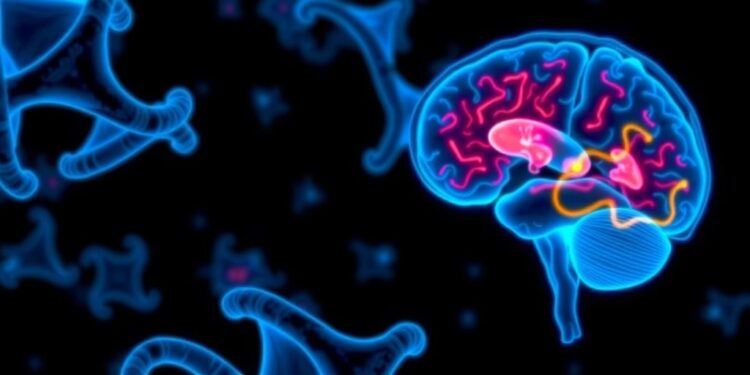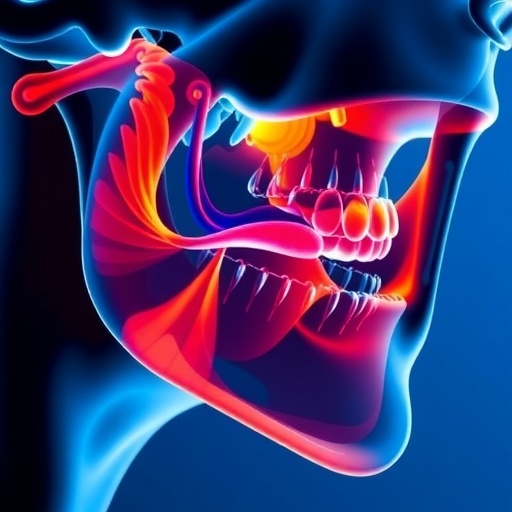
UCSF scientists have made an extraordinary breakthrough in understanding brain development and its connection to deadly brain tumors, particularly glioblastoma. Their research uncovers a novel type of stem cell present in the developing human brain that has the potential to evolve into the cell types involved in the formation of these aggressive tumors. This discovery is essential, as it not only enhances our knowledge of normal brain growth but also highlights possible pathways through which glioblastomas could arise.
The team’s research was conducted through an extensive genomic analysis of brain cells collected from individuals in their early development stages. The findings point to how stem cells, which typically differentiate into specific cell types, can possess the unique ability to develop into three distinct types of cells associated with glioblastoma. The implications of this research are profound, potentially paving the way for innovative therapies targeting the origins of these tumors.
Lesions like glioblastoma have long baffled researchers due to their heterogeneity and aggressive nature. Conventional therapies often fall short in treating such tumors because they tend to target only specific cancer cells rather than addressing the stem-like cells that perpetuate tumor growth. The researchers found that an early stage stem cell, previously overlooked, shows promise as it expresses genes characteristic of multiple cell types. This capability raises the question of whether these stem cells might be hijacked during the brain’s developmental processes, later contributing to the formation of glioblastomas.
One of the leading scientists involved in this study, Arnold Kriegstein, emphasized that understanding how developmental biology interacts with cancer biology could transform therapeutic approaches. By identifying the genetic programs that activate during brain formation, researchers can potentially disrupt similar processes that may lead to cancerous growth. It has become increasingly clear that understanding the interactions between developmental pathways and tumorigenesis is crucial for the future of cancer treatment.
In addition to advancing cancer research, this study offers valuable insights into developmental conditions such as autism. Researchers noted that many genes associated with autism are activated in the early stages of neuron development. This crucial period is marked by significant neuronal migration and connection building, and any perturbation in these processes could lead to developmental disorders. Thus, while the primary focus of the research was glioblastoma, it presents potential links to various neurological conditions that disrupt normal brain function.
The data amassed in this research serves as a crucial resource for scientists embarking on related investigations. By providing a nuanced understanding of human brain development, the availability of this information allows for more targeted research into myriad brain dysfunctions and disorders. The existence of this extensive genomic repository represents a substantial leap forward, providing a framework for other scientists to investigate various pathways in neurodevelopmental biology and associated pathologies.
Furthermore, the study utilized human brain samples, enabling researchers to obtain results that may be more directly applicable than those obtained from animal models. The homogeneity in genetic expression and behavior provides a clearer picture of human-specific developmental processes. This is particularly vital given that much of previous brain research relied heavily on less accurate animal models, which often fail to accurately reflect human brain function and development.
Analyzing gene expression during the critical stages of development afforded the team the opportunity to investigate the interactions between various cell types. They discovered that the identified stem cells exhibit an exceptional capability to differentiate into glial cells and neurons, a characteristic that suggests a unique developmental pathway. This versatility in differentiation might underlie the processes that allow these cells to contribute to glial tumors in adults.
The implications extend beyond mere academic curiosity. As researchers strive to evolve therapies that target glioblastoma more effectively, understanding the origin of these tumors could lead to entirely new approaches to intervention. The prospect of designing therapies that specifically target the cancer stem cell functionality holds promise for mitigating the aggressive behaviors associated with glioblastoma growth.
The involvement of funding from significant entities like the National Institutes of Health highlights the importance and urgency of this work. Not only does this research underscore the financial backing behind innovative brain research, but it also emphasizes a growing recognition of the necessity for breakthroughs in understanding both brain development and its connection to cancer. The insights gained from this research will not only aid scientific communities but could also have far-reaching implications for clinical practice and the development of new treatments.
As the field of neuroscience continues to evolve rapidly, the revelations made in this research present an exciting opportunity for future explorations. The potential to connect the dots between developmental biology, neurogenesis, and oncology opens doors that were previously deemed unreachable. Scientists are now armed with data that can challenge existing theories and provoke new hypotheses regarding brain cancer etiology.
In conclusion, the significant findings from UCSF’s research into brain stem cells underscore that our understanding of the human brain’s development can offer critical insights into the origins of devastating diseases like glioblastoma. As further research elucidates the complex relationships between normal brain development and cancer formation, the therapeutic landscape may one day be transformed, offering hope for better treatment options for affected individuals.
Subject of Research: Development of a new type of stem cell in the brain and its implications for glioblastoma treatment
Article Title: Discovery of Novel Brain Stem Cell Carries Implications for Glioblastoma
News Publication Date: January 8
Web References: UCSF News
References: Academic journals and studies referenced in UCSF news articles
Image Credits: UCSF Media Relations
Keywords: Glioblastoma, stem cells, brain development, autism, gene expression, cancer research, neuroscience, human brain, neurogenesis, developmental disorders.





